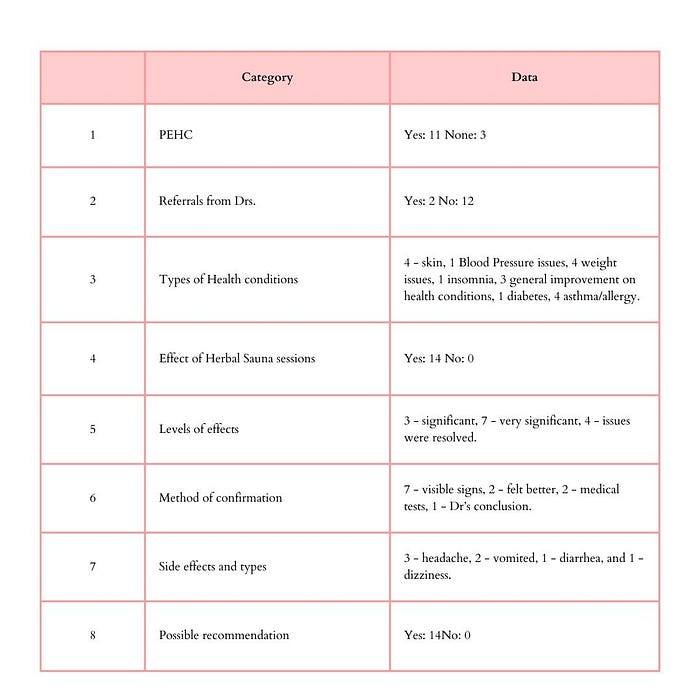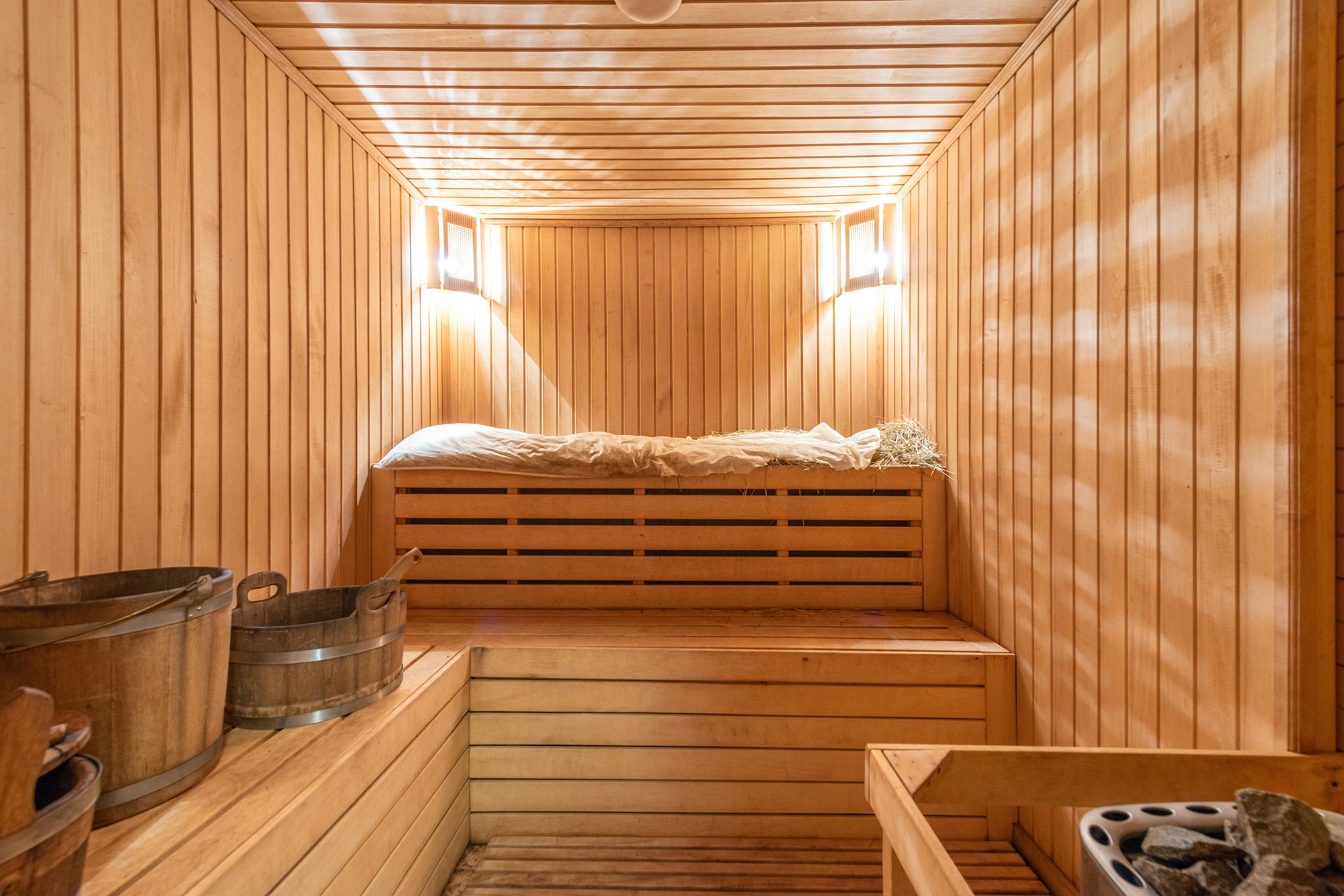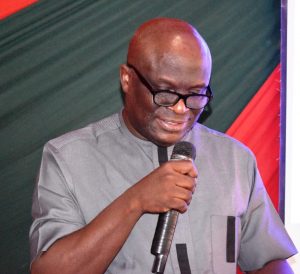I spent two months in Kenya, at the MOI University-African Cluster Centre researching different themes in African Traditional Medicine (ATM). Some part of my time was spent with the Maasai and that confirmed the reality of diseases and traditional responses to these diseases. It also confirmed that treatment varied from place to place, as the treatment for malaria among other diseases varied from communities in Nigeria to communities in Kenya.
More fascinating in my finding is the EVOLUTION of diseases and treatment. The Maasai represent the traditional space in my research while Eldoret ‘city’ represents the urban space in my research. Some of the diseases found in the urban spaces have evolved and now require treatments that will respond to them. This reality created the need for the study of the emerging traditional care in the form of the HERBAL SAUNAS (HS) in the ‘city’ of Eldoret.
Unlike what is found among the Maasai, the people in the urban space now contend with diseases such as Diabetes, High blood pressure, weight concerns, etc. These diseases are also becoming resistant to the popular Western form of care as the users of HS leave the Western prescriptions in search of the traditional ones.
Out of curiosity, I did a pilot study in Kenya among the users of the HS. There were three Herbal Sauna facilities selected, and fourteen patients were observed from the selected Herbal Sauna facilities around Eldoret, in the Uasin Gishu County. The patients comprised of seven males and seven females who had been using the Herbal Sauna for over six months, these patients were randomly selected. The number of patients was limited to fourteen given availability of patients willing to consent to having their cases documented.
This number was used because this is a pilot study in view of a larger research. Questionnaires were shared and these were filled with the consent of respondents. The questionnaires covered the patients’ biodata, condition before the use of Herbal Sauna, condition at the time of interview, observable changes after the use of the herbal saunas, and how the observed changes were measured. The questionnaires were administered and collected with the help of nurses working in the facilities. The data was analysed using a simple table. Data was further analyzed using content analysis.
The findings were as fascinating as my curiosity. I interviewed Mr. Richard Koskei Beredi, the owner of the Balneotherapy Herbal Sauna. He got the sauna technology from Turkey, but the knowledge of herbs is from his mother, Mama Esther Obilo. What the HS provides is the possibility of breathing in a mix of the herbs to take care of whatever a person has.” (Koskei, 2024).
So, fourteen users of the HS agreed to share their experiences to show the effect and possible dangers of the HS. These participants were selected based on their frequent use of the herbal sauna, they had used the HS for about six months, and three facilities were selected in Eldoret environ.
about six months, and three facilities were selected in Eldoret environ.

There were 5 participants who were between the ages of 20 and 40, and 9 of them were 41 and above. This is very significant as it gives insight into the age groupings of herbal sauna users. There are 5 with tertiary education, 6 with secondary school education and others did not respond. 12 of the users use the HS between two and three times a week and two of the respondents use the HS once a week. There are 13 who are Christians and 1 Muslims. There were 14 respondents, seven males and seven females.

11 of the respondents had Pre-Existing Health Conditions (PEHC), and 3 without visible health conditions.
12 were not referred to HS by Western trained medical Drs. and 2 were referred by Western trained medical Drs.
Among the users, 4 had skin conditions, 1 Blood Pressure issues, 4 had weight issues, 1 had insomnia, 3 wanted a general improvement on health conditions, 1 had diabetes, 4 had asthma/allergy.
It is important to state that some users had more than one condition that took them to the HS. *I also participated in five HS sessions, and in my discussions with participants, they said in addition to the listed conditions, that skin conditions were resolved.
14, which means all the users noticed a positive effect of the use of the HS.
3 said the effect was significant, 7 said very significant, and 4 said issues were resolved.
7 users of the HS linked the effect to visible signs, 2 linked it to what they feel, 2 linked it to the result of medical tests, 1 linked it to Western trained Dr’s conclusion.
3 of the respondents said they experienced some side effects when they used the HB, however, this was linked to first users and the positive effect of the HS. The side effects include 3 who had headache, 2 who vomited, 1 had diarrhea, and 1 experienced dizziness. It is also important to note that a patient could have experienced more than one of the side effects as first time users of HS.
All the 14 respondents said that they will recommend the use of HS to others, this means that those that had the side effects are recommending the use of HS.
Implication of evolution of diseases and traditional treatments of these diseases.
- This study concludes that there is either an evolution of new diseases, or a new understanding of disease as was noticed in the difference in the classification of common diseases between the Maasai and those in the urban space in Eldoret. The HS is responding to the new understanding and evolution of diseases.
- The patronage shows either failure or inadequacy in the Western methods and a search for alternatives in traditional medicine. The increased patronage also shows the efficacy of the HS.
- My interview with Mr. Richard and the fact that only 2 of the 14 users were referred to the HS by Western trained medical Drs. still shows constant denial of Western trained Drs. and lack of cooperation. In my interviews, I was told that there are about 10 Western trained Drs. on the users’ list in one of the facilities. But they will not formally refer patients to it.
- The results show potential in the preventive and healing capacity of the HS and growth in the number of those going to the sauna either for prevention or healing.
- Importantly, it shows that solutions are more around than we think, solutions are smoke screened in favour of Western epistemes that are obviously not as effective as presented.
The smoke screen theory was developed and first used in a conference paper (2023) and reused in a University of Lagos — African Cluster Centre (Unilag-ACC) lecture series titled: ‘The Smoke Screen Theory And the Impact on Indigenous Preventive Health’. (2023).
“The discussion around the smoke screen theory is apt and relevant to the narrative of contemporary African indigenous PREVENTIVE medicine. Smoke screen theory was developed based on the researcher’s experience and interaction with Yoruba traditional medicine practitioners who have a preference for preventing diseases. Although their therapies have worked for centuries, they are still being excluded from modern health care practices.”
Smoke Screen health care theory is built around the following characteristics:
- Power of publicity — foreign healthcare alternatives are dangled in the space of everyone, whether solicited or not.
- Mimicking of prevention: treatment and maintenance of health concerns are made to look like preventive medicine.
- Made to look appealing: Foreign alternatives are designed to satisfy appetite at the expense of indigenous preventive medicine that are less attractive, mostly bitter, and presented in the raw form. So sweet or good looking things are presented over bitter or sour indigenous routines.
- Indigenous methods are wrongly described: Indigenous medicines are made to look unscientific (references are made to those stereotypes, no measure, no dosage, harmful to organs, etc.), whereas, same questions are not asked about recipes accepted by Western medicine (ginger, garlic, turmeric, lemon, etc.).
- Imposition of cost: Alternatives are more expensive and the cost is passed on everyone because what is presented is more attractive and tastier (multivitamins, supplements, etc.).
According to Smoke Screen Theory, these characteristics, intentionally or not, make indigenous ways of preventing illness easily excluded and replaced by attractive, expensive and classy alternatives from the global north. This is what is referred to as a smoke screen over the indigenous methods of preventing diseases.
This brings to mind the saying;
Eni ti a ni ki o fe wa loju, nfi ata si enu — he/she that was asked to blow out the speck in one’s eye had pepper/spices in his/her mouth.” (Akin-Otiko, 2023).
Beyond the smoke screen theory and approach, these findings show that there are a number of Western health care epistemes, such as nutrition, medicine, etc. that are being introduced regardless of what exists in Africa, and these epistemes are made to look like they are better in terms of superiority and efficacy.
I saw one health care centre (the Dandelion health care centre) tucked away in one of the Maasai communities, 22km away from the main road, and it is expected that all the communities should abandon what they have done for centuries and go to the health care centre as the saving space. What this research suggests is that, there should be a development on the health care methods that already exist in communities. Government and scholars should engage better with the people on ground.
The second thing that comes to the fore from this research is the fact that diseases evolve, there are new diseases that require new attention. Eldoret city is a more urban space than the Maasai communities, and that is why diabetes and high blood pressure are regarded as part of common diseases that need to be prevented. Significantly, evolution of diseases also implies evolution of health care methods. This is the case with the emerging component of preventive elements and in particular the herbal sauna as is the case of Eldoret city and its environment.
The third thing that comes to the fore with the solution seeking behaviour of HS users is the positive effect of the herbal sauna and sadly, the negative disposition of Western trained Drs. towards this positive results. Western trained Drs. find it difficult to recommend HS to patients, as either an alternative or a complementary health care system, in spite of the fact that the popular and seemingly imposed Western methods of healthcare are not as effective as they are made to look. If this preliminary study shows a 100% positive effect of HS, there is then the need to engage in more research and collaboration with users and owners of HS facilities.
Fourth, with the multiple methods and responses to the same condition, two things become clear, first that there is no THE method of health care, this creates the need for imported methods to be seen as complementary to what is indigenous and not the indigenous seen as complementary. Especially as it no longer can be denied that every environment has something unique that can be used, one only needs to ask the indigenous people what they use and appreciate what they have been doing.
Fifth, and this is beginning to catch my interest, we no longer can deny the effect of climate change. Many of the respondents do not see the effect of climate change, they talked alot about the effect of lack of rain, without linking the lack of rain to climate change. What this says is that, climate change is creating a chain of effect on the traditional knowledge system; first, remedies that are natural to the different environments are becoming difficult to find, second, these natural remedies are being replaced with more available remedies, third, the knowledge about the natural remedies are disappearing. And finally, the efficacy of herbs in preventing and treating diseases is dwindling.
Sixth and very important, patients’ attitude to sharing and talking about their health conditions. The organization of the HS creates a beautiful space for users to compare notes. This is different from what researchers are compelled to do with consent form. My research shows that it is not African to fill consent forms and there is what is called presumed consent in the African health care system, this is also an aspect of the smoke screen theory that should be investigated.
I conclude with these two words; complementary and evolution. Other methods should complement African methods and more research is needed in the area of disease and treatment. And evolution of both disease and treatment show that science is aligning with indigenous knowledge.
The smoke screen theory now can expand to show that Africans are shielded from seeing that there are multiple ways of preventing and treating common diseases, in this particular case, rather than import vaccination against Malaria from China as is the case in Nigeria, every African space that is malaria endemic should be investigated and people should use what is available in their area. People should be more informed about things in their area and the evolution of these solutions.
I currently manage a project to build a Herbal clinic that promotes traditional medicine, provides practical space for research and teaches knowledge about healthy living. Follow our Instagram handle —Gbogboniseltd to get more updates
Akinmayowa Akin-Otiko



